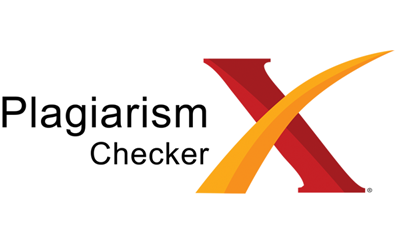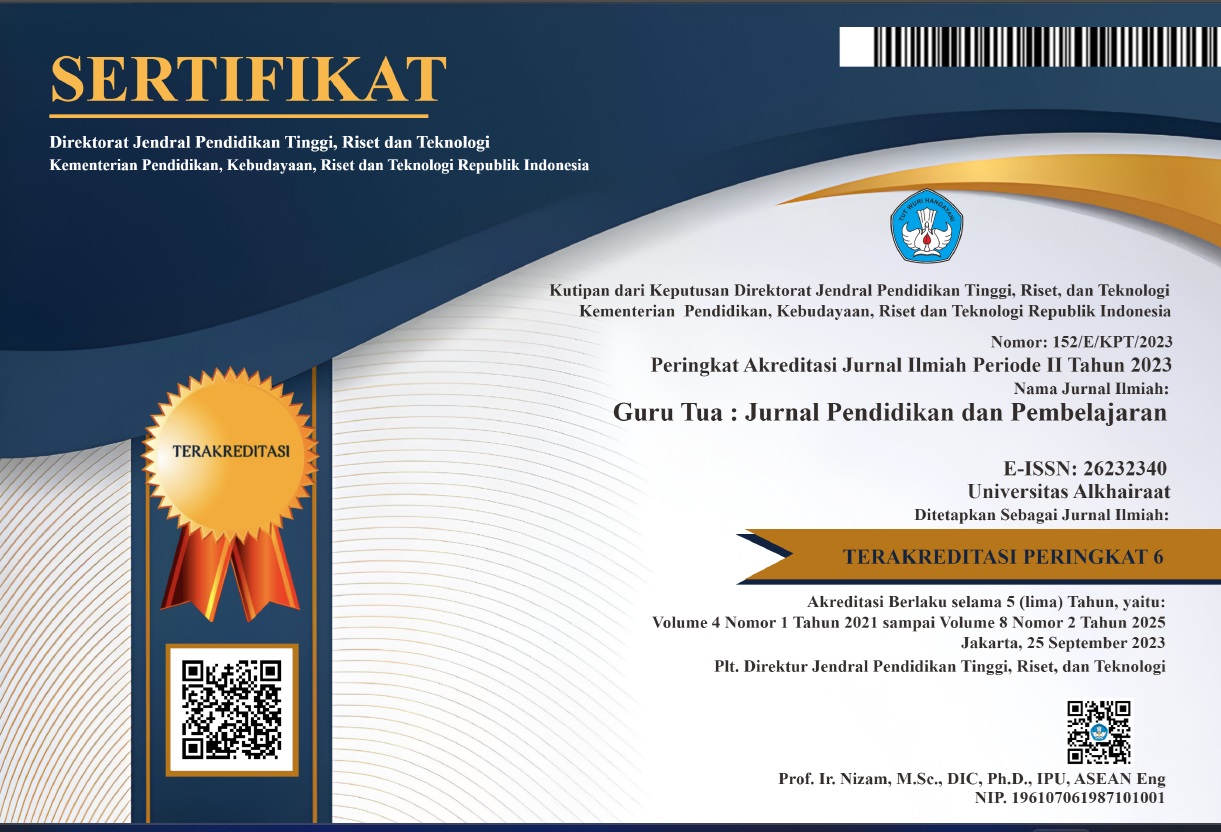PENINGKATAN HASIL BELAJAR MATEMATIKA SISWA KELAS V MENGGUNAKAN MODEL PEMBELAJARAN MATEMATIKA REALISTIK DI SDN 2 TALISE
DOI:
https://doi.org/10.31970/gurutua.v8i1.231Keywords:
Learning Outcomes, Realistic Mathematics Learning ModelAbstract
The purpose of this study was to test the effect of a realistic mathematical model to improve student learning outcomes. The method used in this study is Classroom Action Research (CAR). The instruments used consisted of essay tests, and observation sheets to observe teacher and student activities. Data analysis was carried out using quantitative and qualitative approaches that included student learning outcomes. The results of the study during two cycles showed a significant increase in student learning outcomes. At the time of the first test (pretest), the percentage of learning completeness was 4.5% with individual absorption of 42%. After the first cycle, the post-test results showed that student absorption increased to 79% and student learning completeness was 73%. In the second cycle, student absorption reached 91% and learning completeness was 100%. This means that all students can achieve grades according to the minimum competency criteria (KKM). This increase in learning outcomes is clearly reflected between the first and second cycles, student absorption from the first cycle to the second cycle increased by 27%. Therefore, this study can be successfully stated after using a realistic mathematical learning model, considering a significant increase in student learning outcomes.






